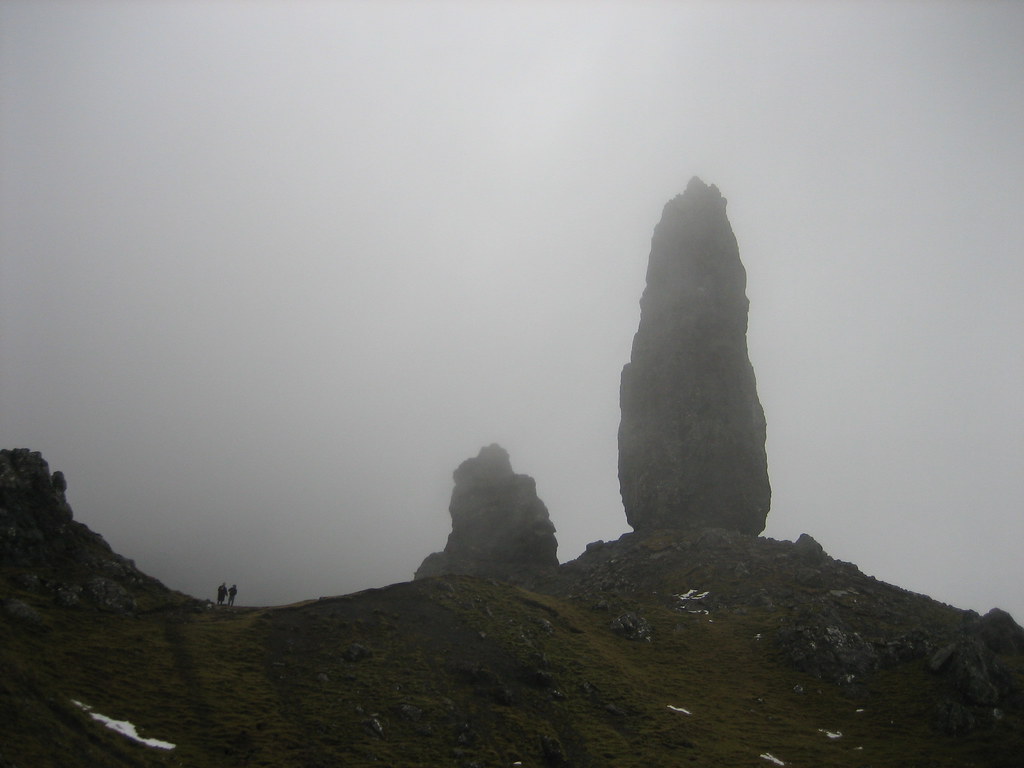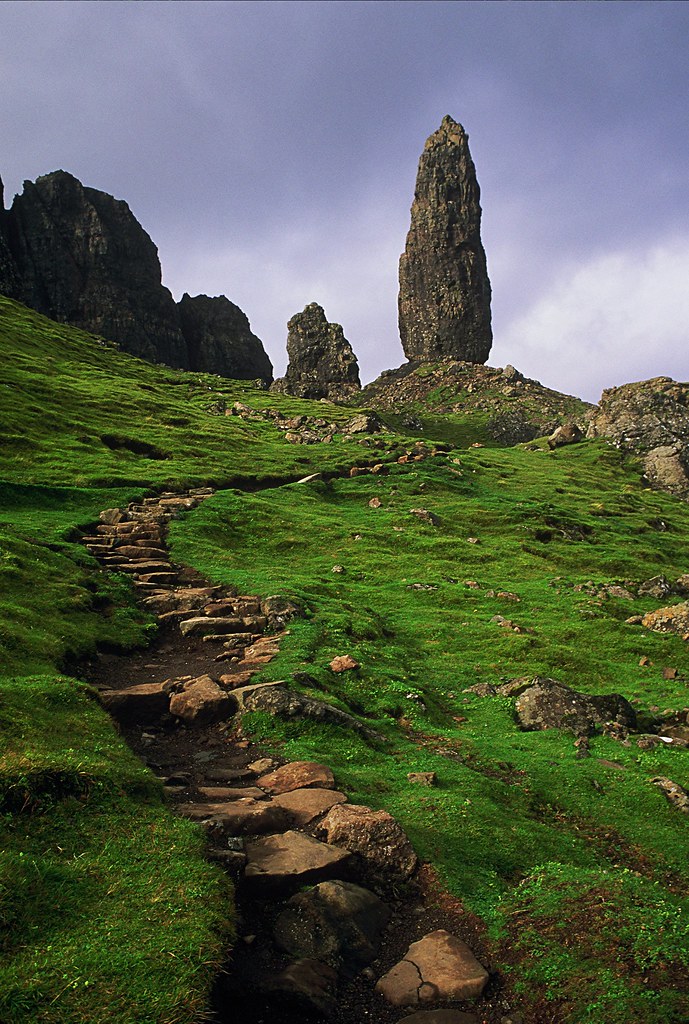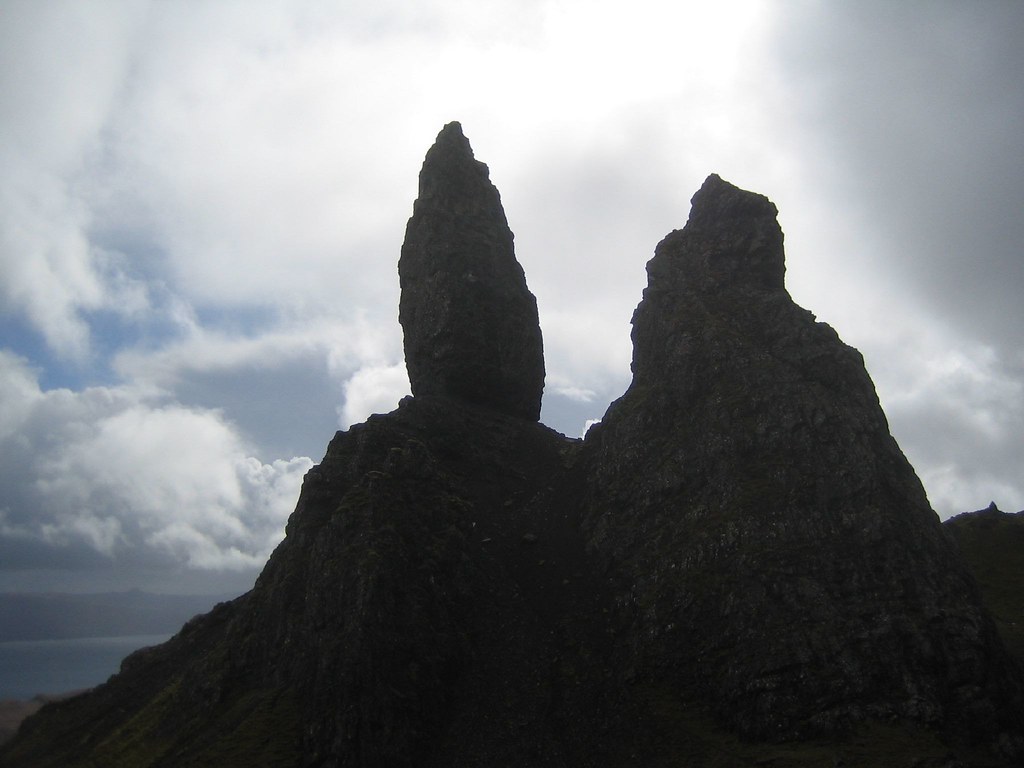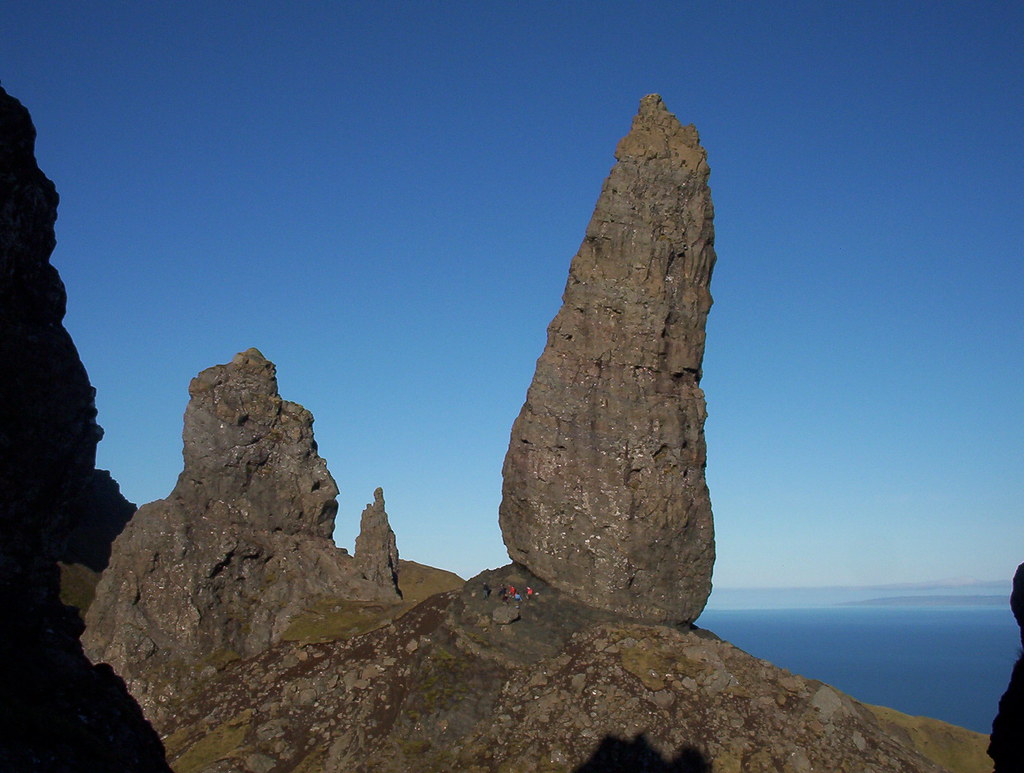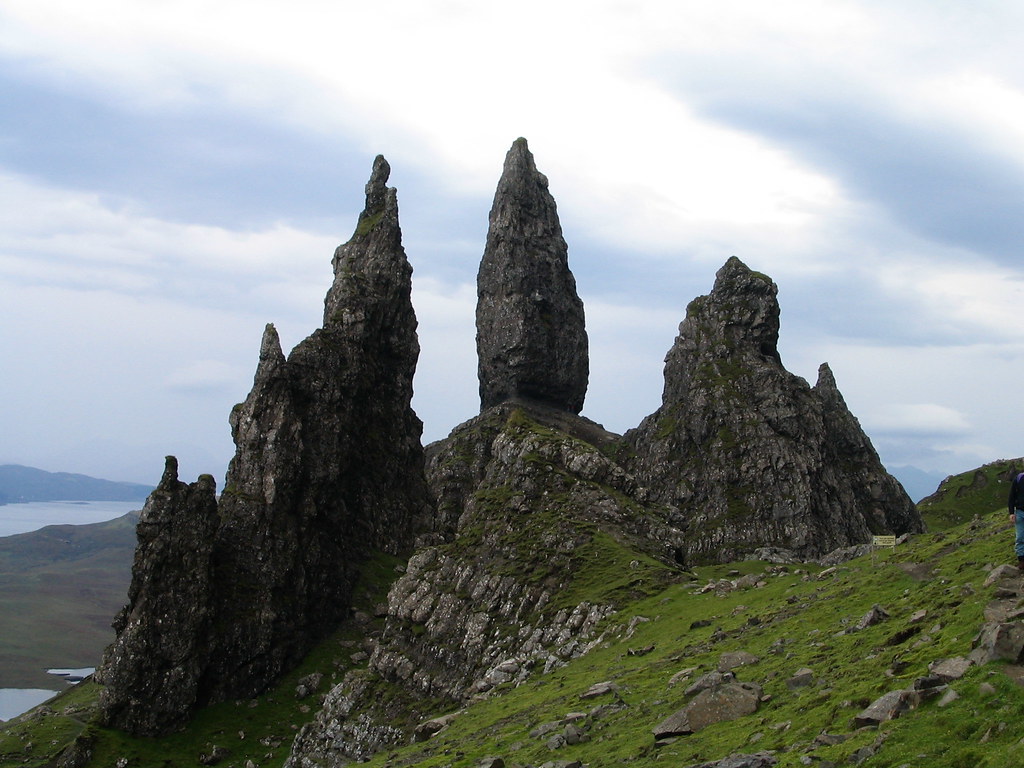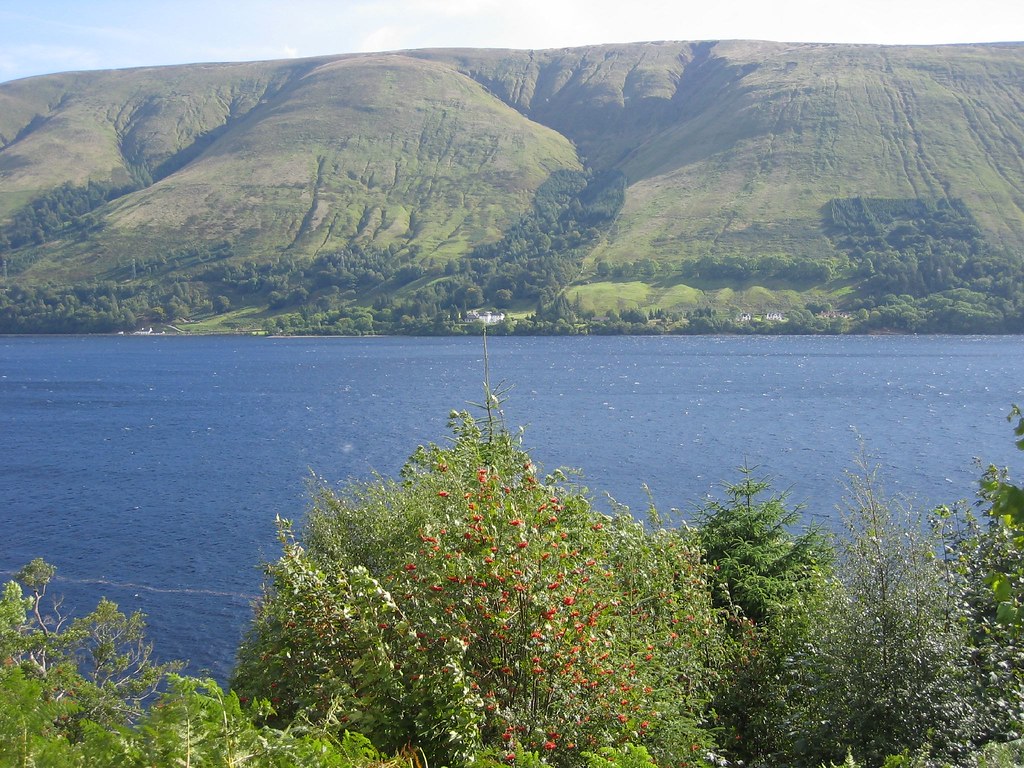
The Great Glen (Scottish Gaelic: An Gleann Mòr), also known as Glen Albyn or Glen More is a series of valleys in Scotland running 100 kilometres from Inverness on the Moray Firth to Fort William at the head of Loch Linnhe.
The Great Glen follows a large geological fault known as the Great Glen Fault. It bisects the Scottish Highlands into the Grampian Mountains to the southeast and Inverness to the northwest.
The Glen is a natural travelling route in the Highlands of Scotland, which is used by both the Caledonian Canal and A82 road, which link the city of Inverness on the east coast with Fort William on the West.
Its strategic importance in controlling the Highland Scottish clans, particularly around the time of the Jacobite uprisings of the 18th century, is recognised by the presence of the towns of Fort William in the south, Fort Augustus in the middle of the Glen, and Fort George, just to the north of Inverness.
Much of the Glen is taken up with a series of lochs, with rivers connecting them. The Caledonian Canal also uses the lochs as part of the route, but the rivers are not navigable.
From northeast to southwest, the natural water features along the Great Glen are: River Ness, Loch Dochfour, Loch Ness, River Oich, Loch Oich, Loch Lochy, River Lochy, Loch Linnhe.
The watershed, or water-divide, lies between Loch Oich and Loch Lochy. Loch Linnhe to the south of Fort William is a sea-loch into which both the River Lochy and Caledonian Canal emerge. At the north end, the River Ness empties into the Moray Firth.
credited to wikipedia and flickr users: indie, rob woodall, gary and kathy burnett, jonathan j mackintosh, annaree, ultimatekayaker, krlblack, born.free, lokitotem
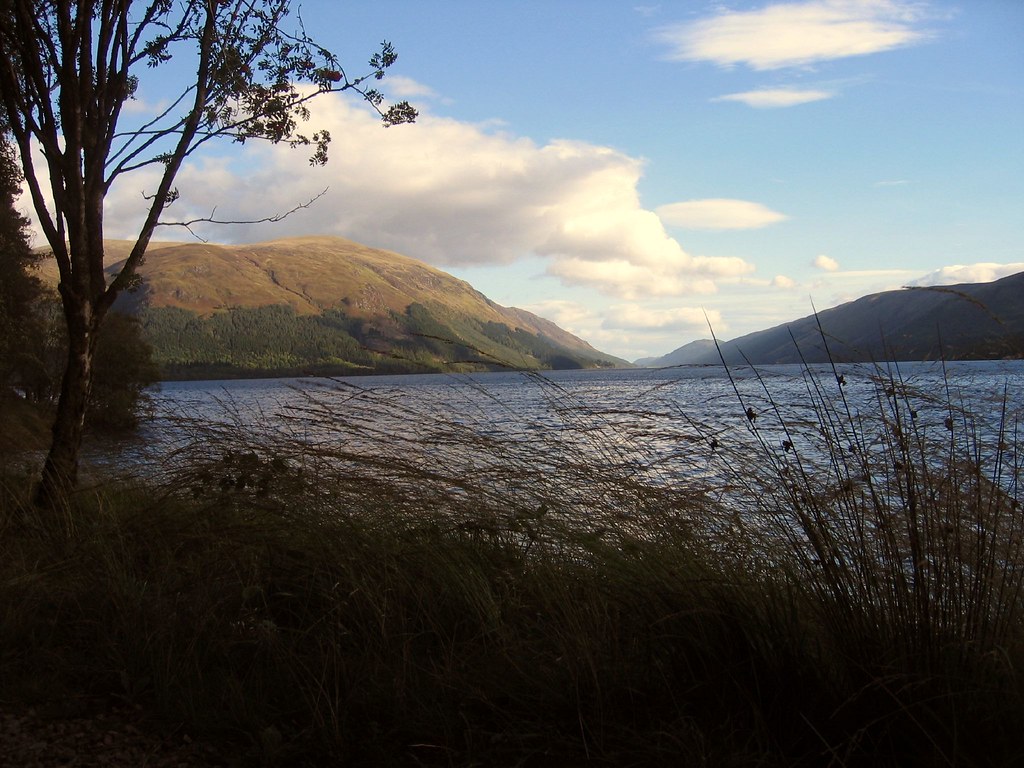
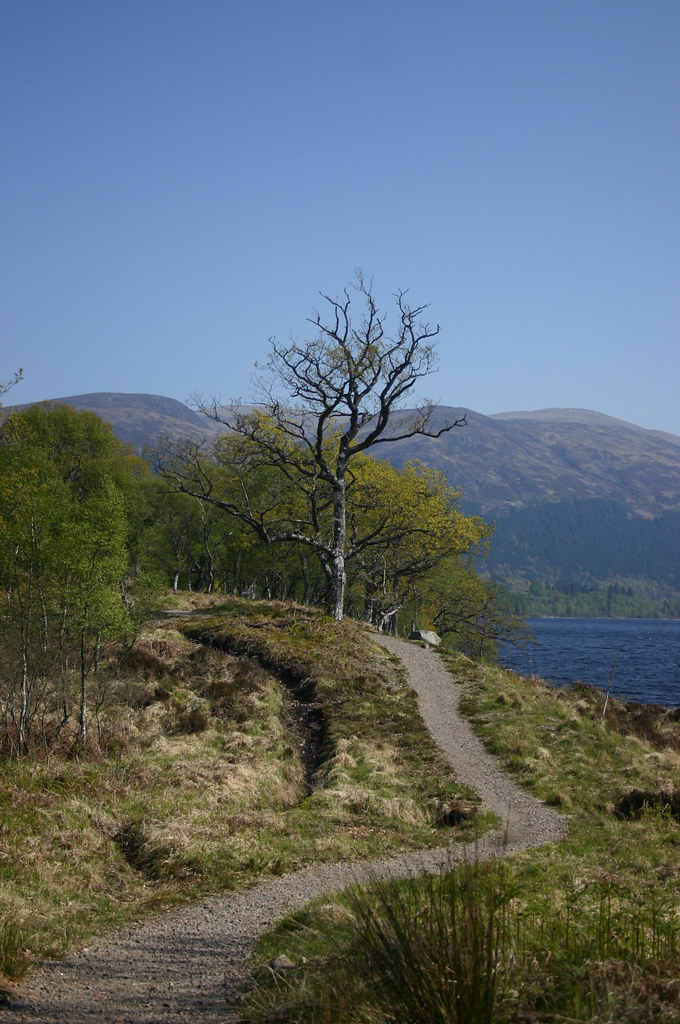

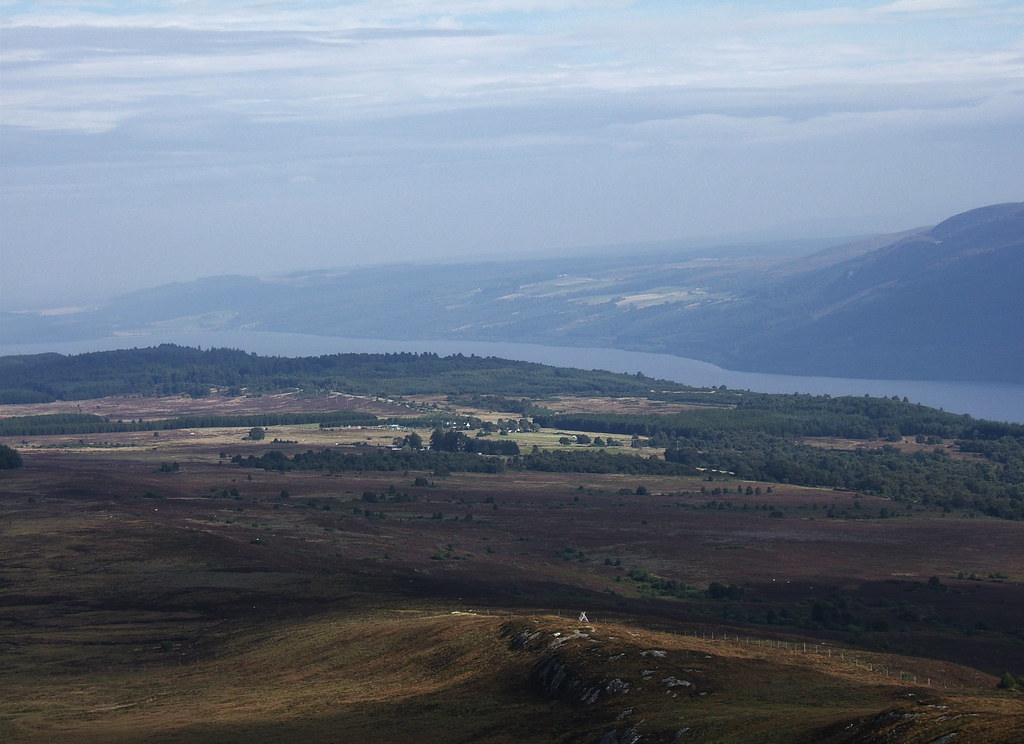
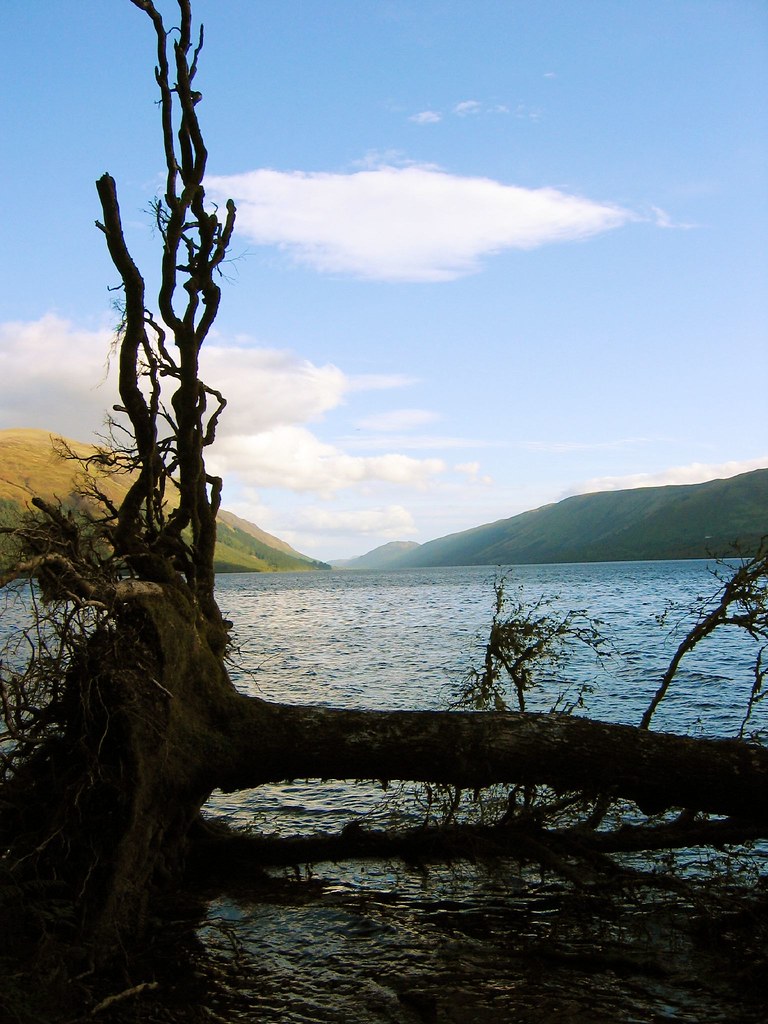

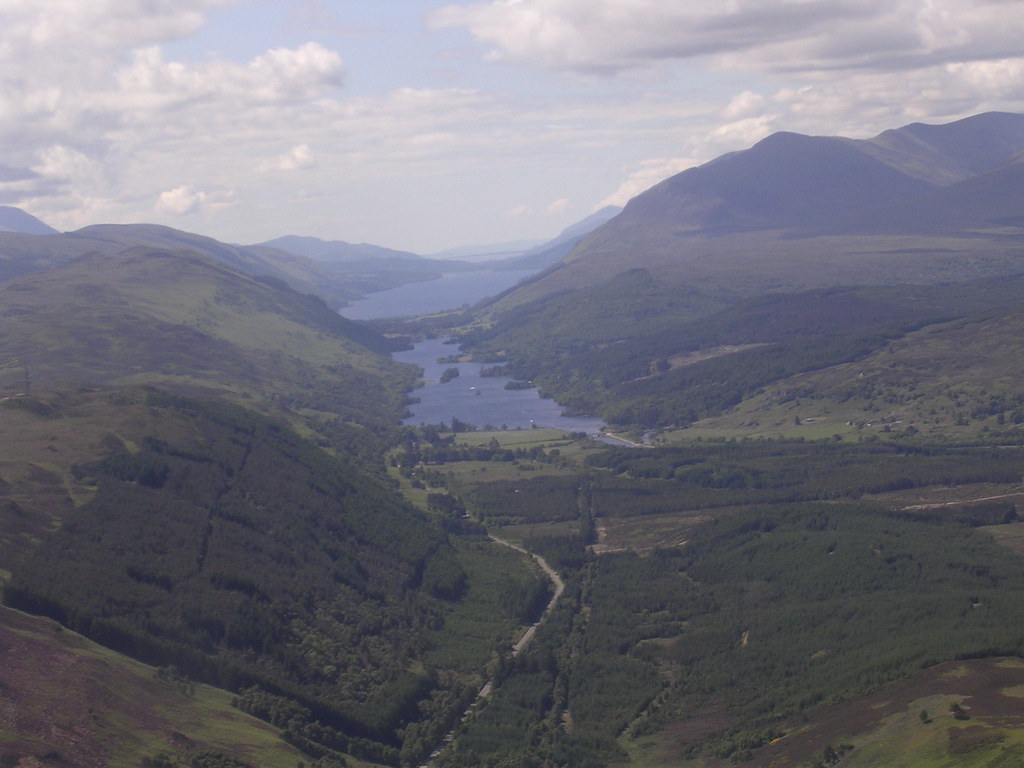


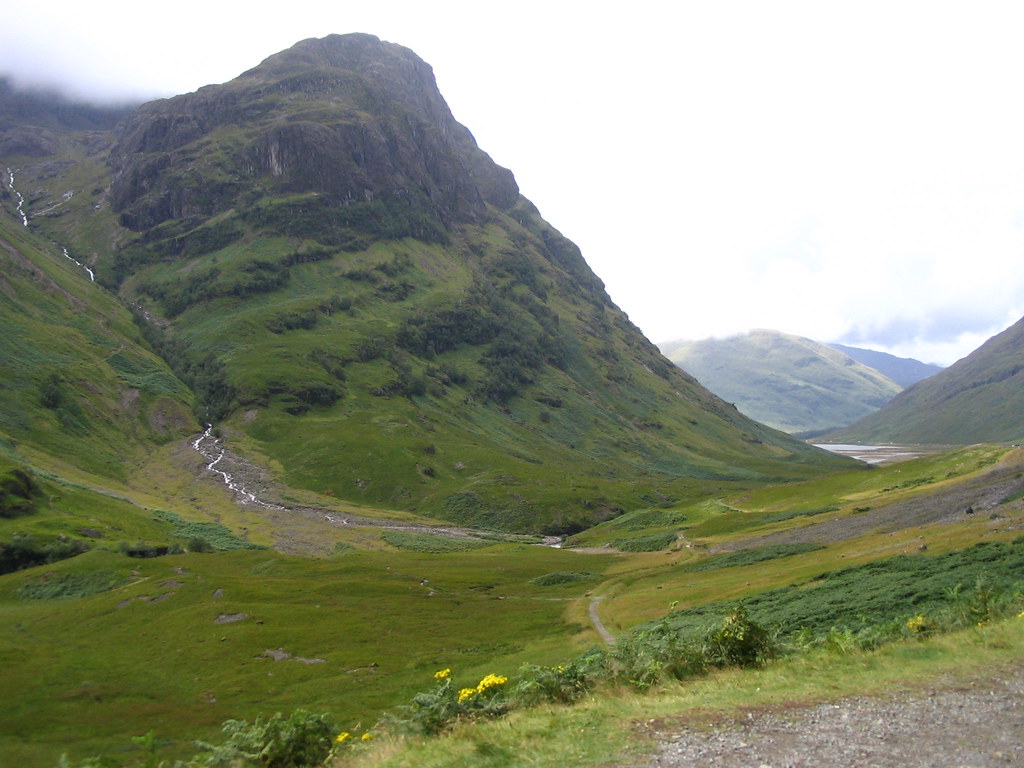



 Ailsa Craig is an island in the outer Firth of Clyde, Scotland where granite was quarried to make curling stones. "Ailsa" is pronounced "ale-sa", with the first syllable stressed.
Ailsa Craig is an island in the outer Firth of Clyde, Scotland where granite was quarried to make curling stones. "Ailsa" is pronounced "ale-sa", with the first syllable stressed.
















